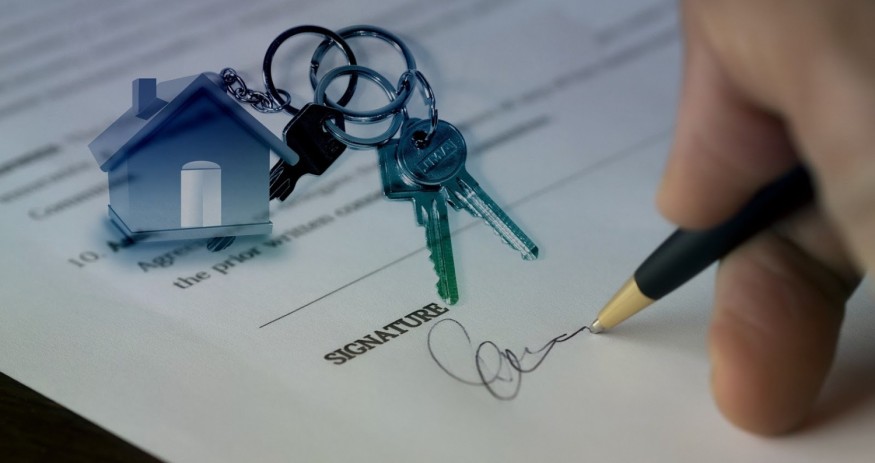
The real estate industry offers lucrative business opportunities that are attractive to both beginners and professionals alike.
With strong economic growth in the housing and lending market combined with the ever-growing demand and interest in homeownership, the real estate industry has become an irresistible business haven.
Mortgage brokerage is one of the business opportunities that have gained traction in this sector over the years. If you have a knack for numbers and good relationship management skills, a career as a mortgage broker might just be perfect for you.
Who Is a Mortgage Broker?
A mortgage broker is a licensed individual who works as an intermediary between homeowners and mortgage lenders. They act as the middlemen who brokers mortgage loans on behalf of individuals and businesses.
Typically, a mortgage broker will apply for pre-approval of mortgage quotes for home buyers with several different lenders. The broker will then present the quotes to the homebuyer so they can make an informed decision on the best lender.
Once the loan is approved, the broker gets a commission equal to 1 to 2% of the loan amount. If you're interested in mortgage brokerage, here is our step-by-step guide on how to become a mortgage broker.
Step 1: Attend Pre-Licensure Education
The minimum level of education required to become a mortgage broker is a high-school diploma, though vocational training in business is preferred. Beyond that, you'll also need to complete a pre-licensure program-a 20-hour class about mortgage brokerage and related laws.
Step 2: Pass the NMLS Test
Pursuant to the 2008 SAFE Act, all mortgage brokers must be licensed. All the non-financial related licenses are issued and managed by the National Mortgage Licensure System (NMLS). To that end, you'll need to pass the NMLS test to be granted a license. The NMLS requires a minimum of 75% score in both state and federal portions.
Step 3: Establish Your Broker Service
Once you've passed the NMLS test and obtained a license, you're now ready to get started as a mortgage broker.
Start by registering your business. Choose your preferred business structure, could be an LLC, a C corporation, S corporation, or even a partnership, then decides on the ideal physical location for your business.
Step 4: Get the Necessary Tools
Now that you have a license and a registered office, you'll need some working tools to get started. First, secure robust mortgage broker software that will help in automating the loan origination processes.
A good CRM or mortgage broker software should also help you manage contacts (customers and vendors) as well as help you stay organized. In addition to that, you'll also need some office supplies such as telephone, computer, printer, scanner, etc. to effectively manage business operations.
Step 5: Build Relationships
The mortgage brokerage industry thrives on referrals.
As such, you'll need to build strong relationships with realtors, lending institutions, and industry leaders to succeed in the real estate industry. One way to network and build fruitful brokerage relationships is by attending industry events and home/trade shows.
Step 6: Continue Your Education on Mortgage Lending
Licensed mortgage brokers are required to take a certain number of hours of continuing education courses each year to keep their licenses current. This allows them to keep up to date with the latest developments in mortgage lending and offer clients up to date services.
We hope this article will help you on your journey to becoming a mortgage broker. Feel free to comment and share.



